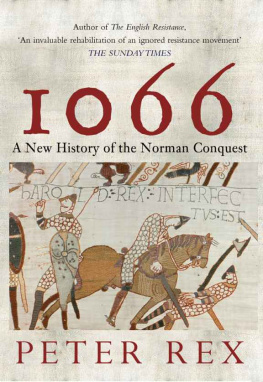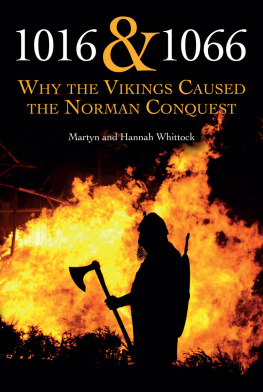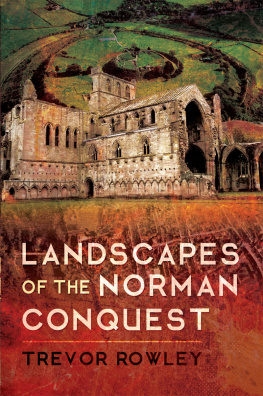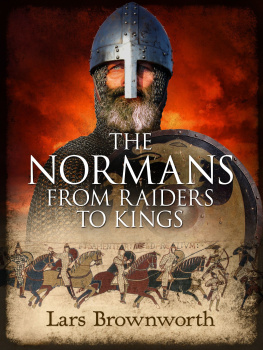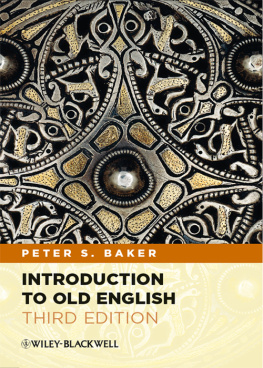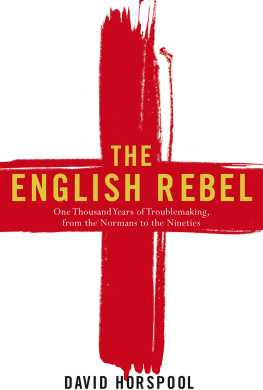To my wife Christina
This edition first published 2014
Amberley Publishing
The Hill, Stroud
Gloucestershire, GL5 4EP
www.amberleybooks.com
Copyright The estate of Peter Rex 2004, 2014
The right of Peter Rex to be identified as the Author of this work have been asserted in accordance with the Copyrights, Designs and Patents Act 1988.
All rights reserved. No part of this book may be reprinted or reproduced or utilised in any form or by any electronic, mechanical or other means, now known or hereafter invented, including photocopying and recording, or in any information storage or retrieval system, without the permission in writing from the Publishers.
British Library Cataloguing in Publication Data.
A catalogue record for this book is available from the British Library.
ISBN 9781445604794 (PAPERBACK)
ISBN 9781445620176 (eBOOK)
Typesetting and Origination by Amberley Publishing.
Printed in the UK.
Contents
Foreword
England has become a residence for foreigners and the property of strangers. At the present time there is no English earl nor bishop nor abbot; foreigners all they prey upon the riches and vitals of England.
William of Malmesbury, 1135
Until quite recently, little attention has been paid by historians, blinded by the very fact of its success, to the process, after Hastings, by which William the Conqueror made good his claim to the English throne against the will of the English. Much of the evidence for opposition to the Norman regime has been dealt with only cursorily, if at all. William the Conquerors campaigns against the rebels have usually been dealt with very briefly and resistance has been summarily dismissed as ineffective, largely because in the end, that resistance was overcome in a singularly brutal manner. Even accounts which have looked at the campaigns from a purely military standpoint have failed to deal with the politics of the situation.
Having retained an interest in the Norman Conquest ever since first studying it at Bristol under Professor David Douglas in 1952, and stimulated by an interest in the career of Hereward the Outlaw, the defender of Ely, this book is written to go some way towards filling the gap by presenting an unfamiliar facet of a familiar story. In doing so I was struck by the curious parallels between the situation in England during the first five years of Norman rule and that of France under Nazi Germany during the Second World War.
For several years England was divided, like France, into an occupied and an unoccupied zone, the former governed directly by the new Norman lords with the assistance of quislings and collaborators, and the latter retained in the hands of its native landowners, most, but by no means all, of whom had submitted to the Norman king. Gradually, resistance grew and took shape, efforts were made to secure that assistance from overseas, notably from Denmark, or from Scotland, without which the Normans could never be expelled from the country. A guerrilla movement formed by Wildmen (whom the Normans called silvatici) was organised with its bases in remote areas of forest and marsh, such as the North Yorkshire Hills and the Fens of East Anglia.
This book, therefore, deals first with the identity of both those who led the resistance and those who collaborated, since many of them will be unfamiliar to most readers. It deals with the warfare between the exiled Earl Tostig of Northumbria and his brother Harold Godwinson, and considers the effects of the battles of Fulford and Stamford Bridge in fatally weakening English resistance to the Norman invasion. It then looks at all the campaigns of the Resistance from 1067 to 1071, examining the nature and motives of the Resistance Movement and the reasons for its successes and failures.
Attention then switches to the activities of the Lincolnshire thegn Hereward who led a last determined stand against King William in the Isle of Ely. His career and identity are examined, the attack on Peterborough Abbey and the defence and conquest of Ely are described and then followed by an account of how lands once held by Hereward before 1066 became part and parcel of the barony of Bourne in the twelfth century, leading to his adoption by the Wake family as their presumed ancestor. This book ends by looking at some of the evidence for a revival of English identity and history, which long ante-dated the Conquest, and shows how men began once more to claim pre-Conquest ancestry, rather as older Australian families now look back to their convict forebears.
The maps included are not intended to be cartographically accurate in every respect, they are intended only to clarify the locations mentioned in the text.
I have referred throughout to those who fought against the Normans as the English rather than as Anglo-Saxons because, as the sources show, that is what they called themselves. Until the coming of the Normans, the English lived in an England ruled by the King of England.
As many of the persons referred to in the text are rarely mentioned more than cursorily in standard general histories of the Conquest, a short note identifying the principal protagonists and collaborators can be found in chapter 11.
In writing this book I freely acknowledge the invaluable research carried out by such scholars as Elisabeth van Houts, Ann Williams, Cyril Hart, Marjorie Chibnall and many others whose works are listed in the bibliography and without whose labours this book could not have been written. The views expressed are, of course, entirely my own, as are any errors. I would like to thank, in particular, the Librarians of St Johns College, Cambridge for granting access to their Library; Dr Janet Fairweather for allowing me to read vital sections of her translation of the Liber Eliensis; my son Dr Richard Rex of Queens College, Cambridge for his encouragement and support and my wife Christina for photographs, charts and sketch maps, as well as trenchant constructive criticism.
1
Three Battles in One Year
Tostig, tyrant Earl of Northumbria, had ruled his earldom with a heavy hand since his appointment as Siwards successor. His draconian efforts to bring some conception of law and order to Northumbria provoked such widespread opposition that he needed a permanent bodyguard of 200 men. He had been an enthusiastic raiser of tolls and taxes and was frequently absent from his earldom at the court of King Edward the Confessor or on his lands in Northamptonshire, Bedfordshire and Huntingdon, leaving the conduct of the government at home to his deputy Copsige. Copsige had the same disadvantage as his master, that he was neither from the House of Siward nor the House of Bamburgh (the hostile native rulers of the province).
In 1064 Tostig was accused by the Northumbrians of having despoiled of life and land all those over whom he could tyrannise, of robbing churches of their land and especially of procuring the deaths of the thegns Gamel son of Orm and Ulf son of Dolfin, key members of the opposition. Florence of Worcester claims he had them treacherously slain in his own chamber, at York while they were under safe conduct. Tostig was also accused of complicity in the murder of Cospatrick, heir of the native Earls of Bernicia (between Hadrians Wall and Bamburgh). Florence claims that he was treacherously slain in the kings court on the orders of Queen Edith, Tostigs sister. Thus Tostig was attempting, in time-honoured fashion, to eliminate his opponents. Cospatrick was the youngest son of Earl Uhtred of the House of Bamburgh with a claim on the earldom and a supporter of King Edward in Cumberland. All three were related to each other as members of the highest Northumbrian aristocracy, descendants of Earl Waltheof I of Bamburgh.


